

Lighting Your Home
When you enter your home or any space, your mood is immediately influenced by how you “feel” when you walk through the door. Distinct aromas, bright, busy decor or harsh lighting may make you cringe or feel on edge OR you may feel invigorated.
Obviously when we are decorating our own homes, we want to create a welcoming, yet functional space where we feel at ease and comfortable when we walk through the door at the end of a long day or energized when we want to be productive.
Lighting, a foundational tool in home decor, can greatly impact all of these things. Proper lighting in your home, while creating a safe and functional environment, also is crucial in creating a healthy living space that adds to your overall well being.
Biologically, good lighting design can help stabilize your circadian rhythm, helping improve your overall mood and contributing to better nights sleep. Psychologically, good light can help reduce depression and even increase cognitive performance such as reaction time.
To put things simply, lighting affects our mood drastically and shouldn’t be ignored. It’s a lot more important than you think.
Home designers often work with three standard types of lighting, which they refer to as layered lighting. These are ambient, task and accent lighting. Most designers fail to discuss the most important light of all - natural lighting.
Let’s visit all four of these layers of lighting:
1) Natural Lighting
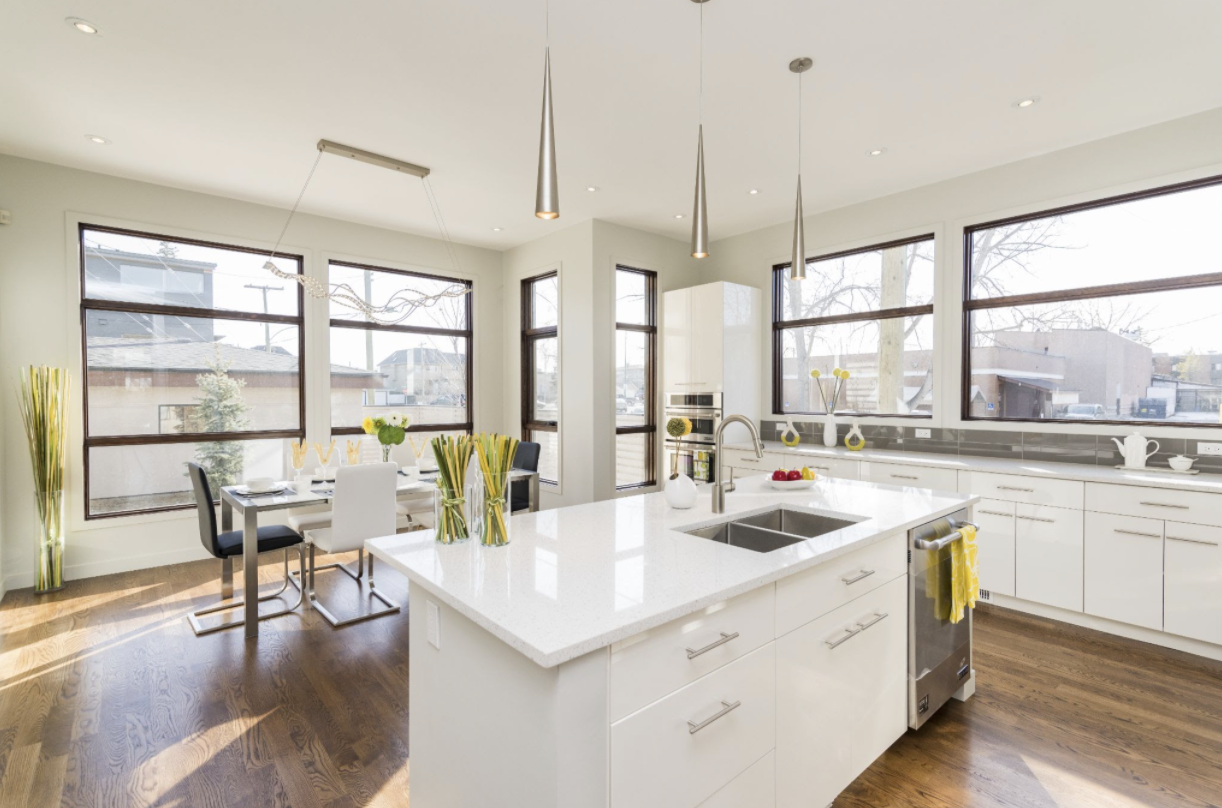
Not only is natural light streaming through your windows the healthiest and most natural way to experience the indoors - it actually allows us to see the world around us. When light hits the retina (a light-sensitive layer of tissue at the back of the eye), special cells called photoreceptors turn the light into electrical signals. These electrical signals travel from the retina through the optic nerve to the brain. Then the brain turns the signals into the images you see: your sofa, your favorite pieces of art, the texture of your throw pillows and so on. Light can bring out the rich color and texture of materials and surfaces in our homes better than artificial lights. When something is visually pleasing we feel relaxed and optimistic, which can greatly improve our overall well being.
Natural light also brings warmth and vitamin D into the home, cutting costs, helping to make your home a healthy place as well as comfortable and cozy, even in Winter in Wisconsin.
Natural light can also improve our mental health. Seasonal Affective Disorder or “SAD'' as it’s often referred to, is a type of depression that affects many people and is a direct result of not getting enough sunlight. Exposure to sunlight for at least 30 minutes a day triggers the release of serotonin, the “happy” hormone, which can help improve our mood and mental health. Exposure to natural sunlight also helps regulate our circadian rhythm, or biological clock, which affects our cognition, blood pressure, immune system, metabolism, and controls our sleep/wake cycle. Not getting a good night's sleep doesn’t just make you feel drowsy the next day, it also negatively affects our cortisol levels, brain function, insulin resistance, and can even disrupt our appetite.
Last, but not least, by inviting more natural sunlight into your home you will be killing harmful bacteria and viruses in your home according to Healthline.
2) Ambient Lighting
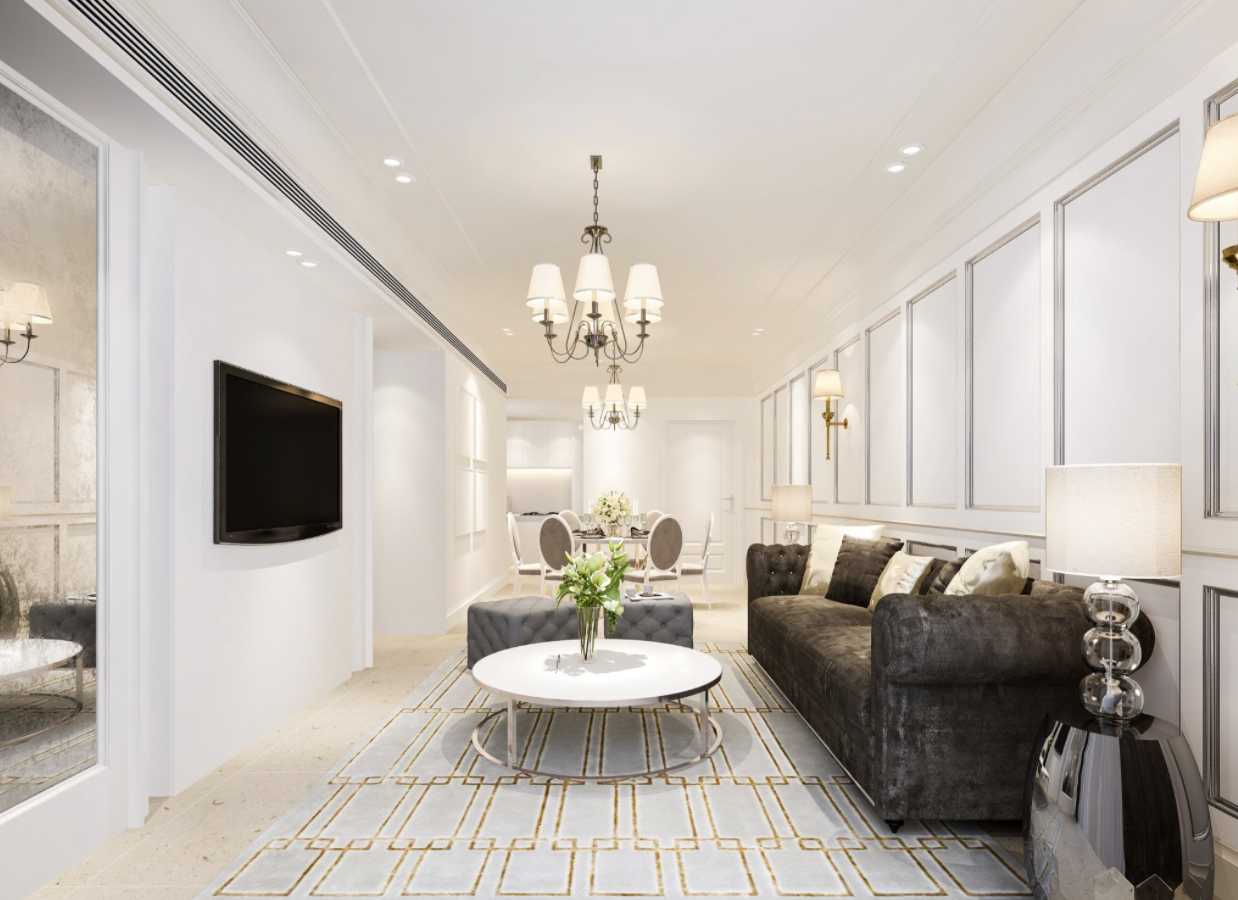
This is one of the most common types of lighting. Ambient light is a soft glow that blankets your space just enough for you to function without causing a harsh glare. In photography and cinematography, ambient light is considered the "natural light" within a room. In décor, ambient light is very similar, except you create the ambient light by making the room's lighting as natural and flat as possible. While ambient light is meant to get you safely from point A-to-B, it is not ideal for working closely with objects or to highlight objects around your space.
When used correctly, ambient light creates a fantastic environment to relax from an overly stressful day or to have a warm conversation with an old friend. Ambient lighting is often referred to as mood lighting, because this light captures the soft curves of your face and allows your pupils to dilate slightly (a physical sign of affection). Some yoga studios have even begun using the softer ambient lighting in their classes to help draw stress from the body.
Ambient Light is usually achieved using overhead lighting such as recessed lights, chandeliers, ceiling- mounted lighting and track lights.
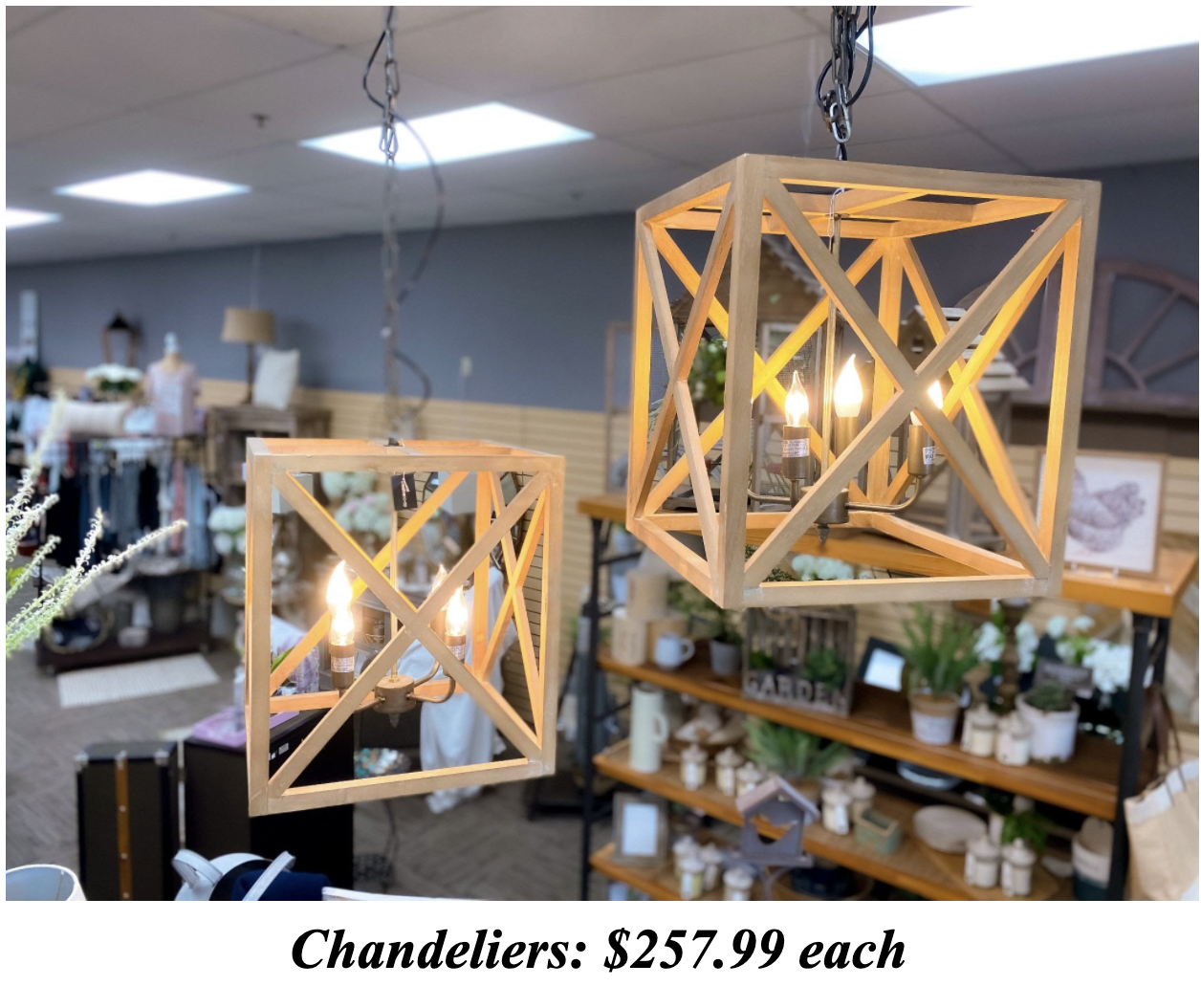
3) Task Lighting
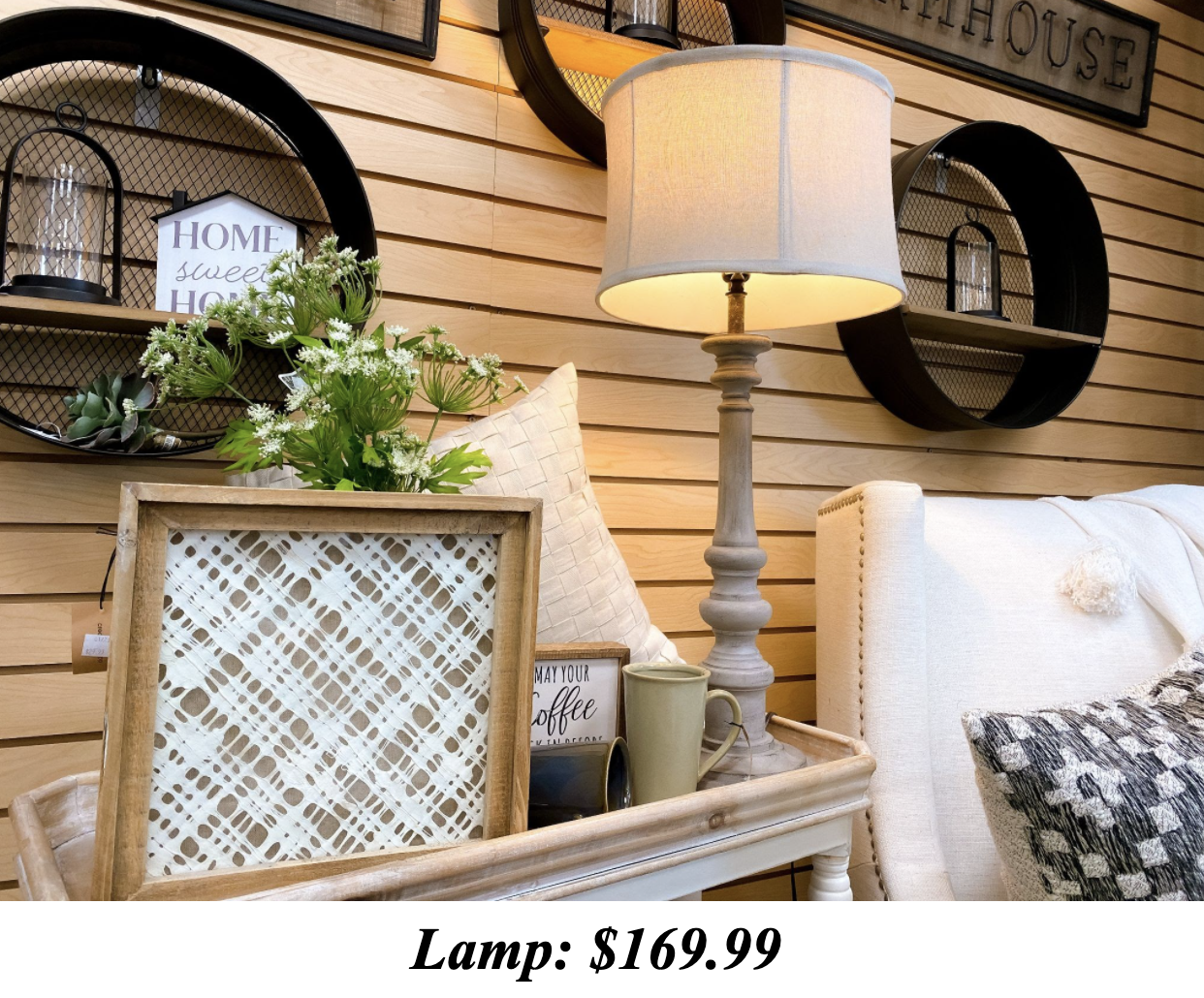
The third layer to lighting design is task lighting. In short, task lighting isn’t necessarily used for decorative purposes, but for practicality, helping you complete specific tasks around your home.
Task lighting is meant to help you see when you’re doing projects in which you need a finer light, such as, reading, cooking, writing, sewing and many other things. Task lighting only works well when it is used as a contrasting light. For example, if you have a low lit room with a swing arm lamp turned on over your desk, the light over the desk surface will be more effective with less glare or shadow-effect than if the entire room was lit with a brighter light.
Task lighting helps naturally stimulate your brain. The contrasting light allows you to be more alert and concentrated. This will help you see more of the details as you work, creating higher quality results. This is why many businesses choose to use task lighting in their offices.
There are several examples of task lighting, including desk lamps,table lamps, ceiling pendants, swing arm lamps or sconces, floor lamps and under cabinet lights.
Nowadays, task lighting can be functional as well as complimentary to your home decor. Our Hometown Pharmacy Hometown Living departments have some gorgeous choices when it comes to task lighting.
4) Accent Lighting
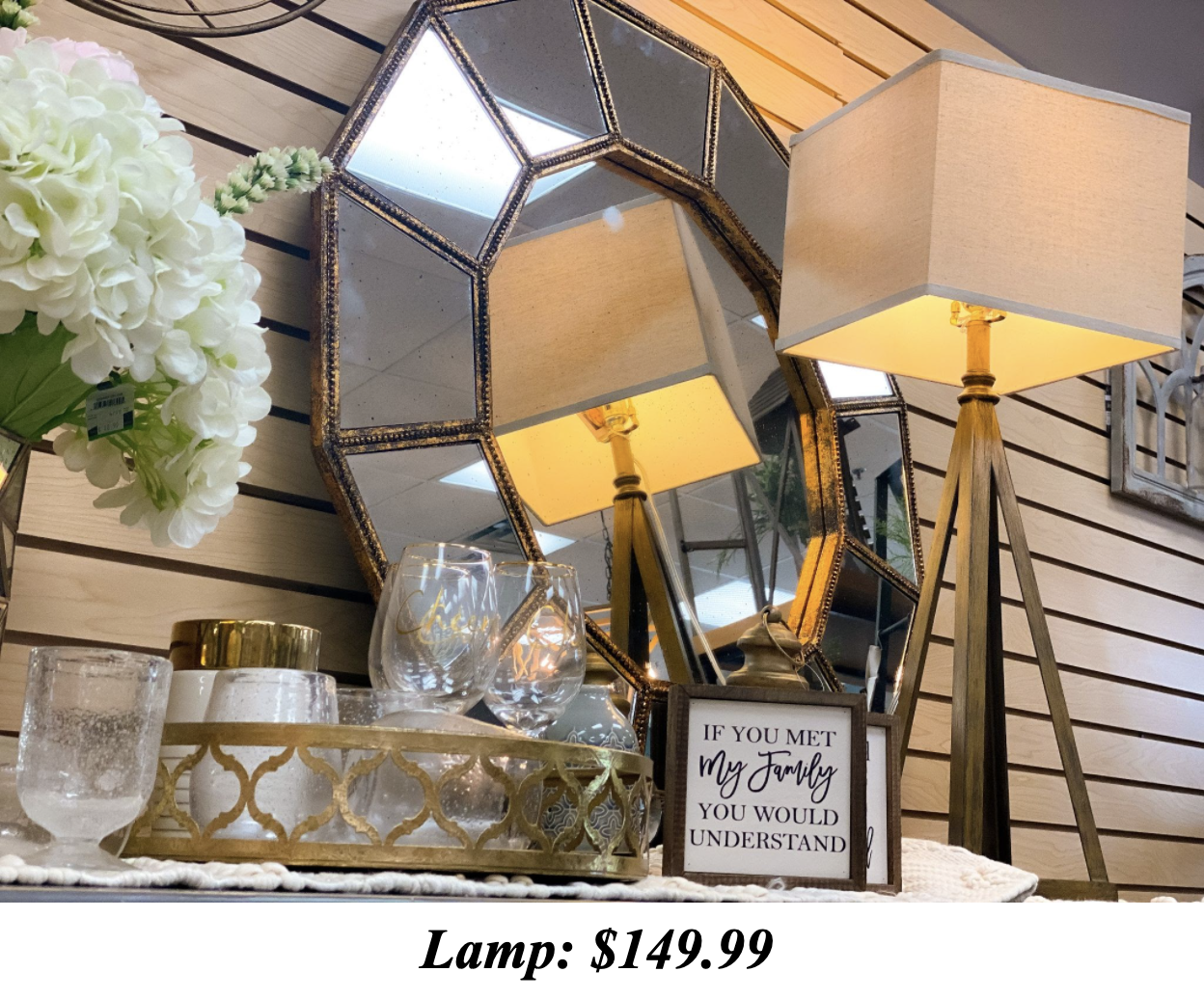
The fourth and final layer to lighting design is accent lighting. Accent lights are the cherry on top to the lighting in your home. This is a very concentrated light with the intention of drawing the eye to its focal point. Accent lighting is a way of adding style and drama to your home. This will help you illuminate the pieces you want on display, while shadowing dull areas. People use accenting for wall washing, artwork, bookcase displays, pieces of furniture, collections and the general architecture of their homes.
Accent lighting is one of the types of lighting that creates a very sophisticated atmosphere. It evokes feelings of meaning and importance to the images it displays.
Understanding the type of light you surround yourself with each day can help increase your feelings of health and well being while also creating a warm and inviting home. All four layers of lighting complement each other and can help showcase your home as well as make it functional.




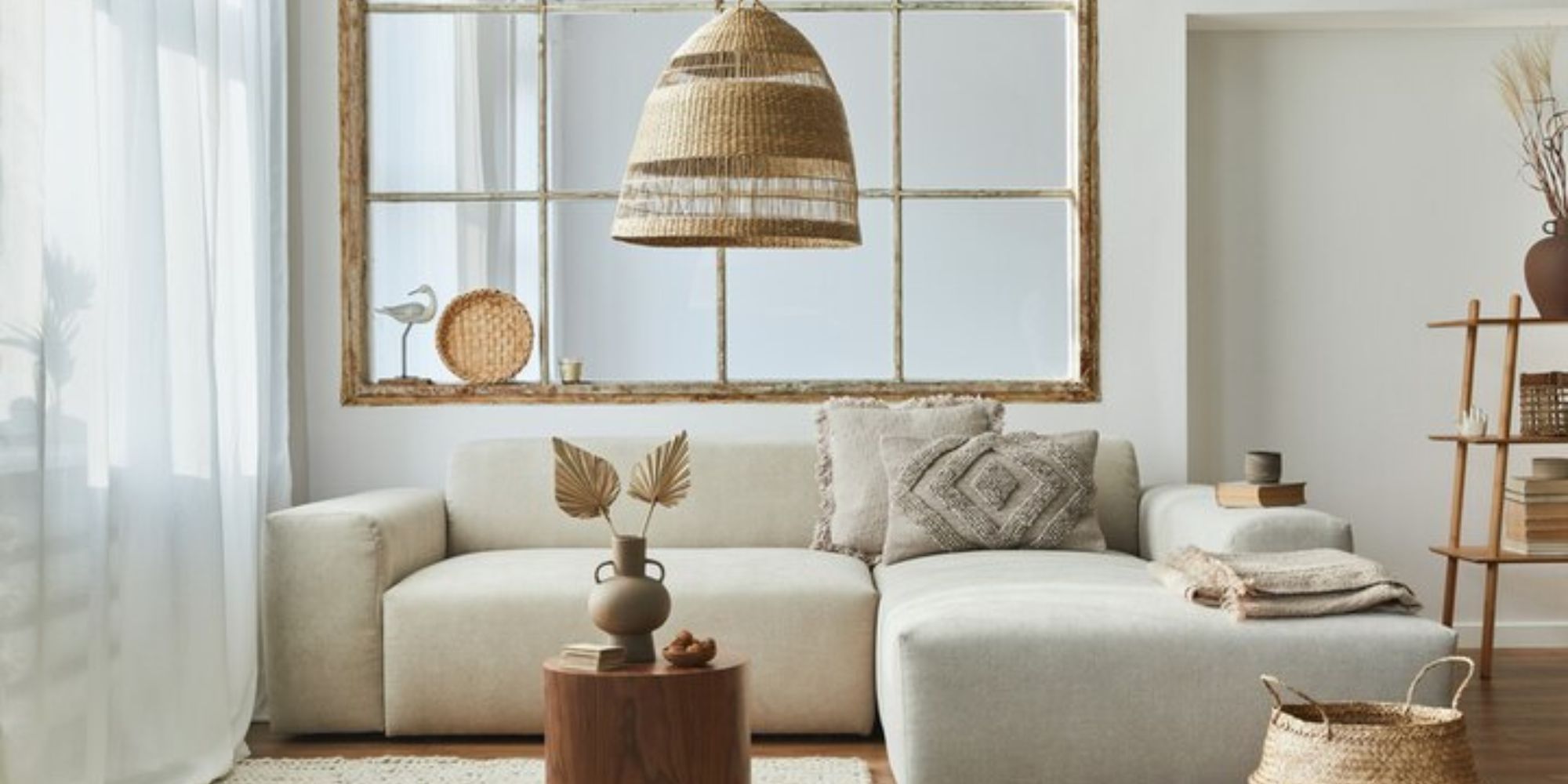




Comments